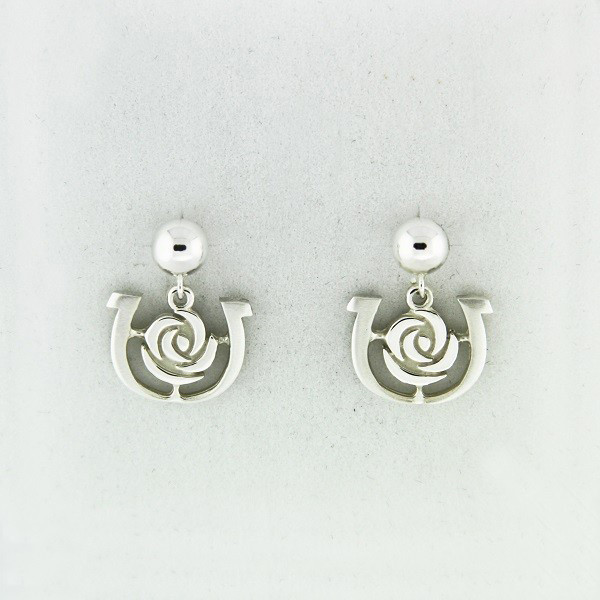Whether you are hollering for your horse trackside, making epic plays on the basketball court or sitting in the nose bleeds of your favorite team’s football stadium, you’ve probably had a good luck charm on hand for some good juju. Those good luck charms include wearing an unwashed lucky jersey or the wise-ol’ teller you hunt down after the hint of a winning streak. Many of these superstitions and good luck charms can be a little kooky but some are just downright silly. As Bud Light reminds us in its Very Superstitious commercials, “It’s only weird if it doesn’t work”.
Some famous sports figures are even known to have some crazy lucky charms & superstitions. Michael Jordan wore his University of North Carolina basketball shorts under his Chicago Bulls uniform & former New York Mets reliever, Turk Wendell always wore a necklace of teeth from the animals he had hunted and killed during his off time. Our folks at the Kentucky Derby Museum are no exception either. If avid bettor & veteran Tour Guide, Becky Schroeder is playing the ponies, she will always put her money on a horse if it has the word “Cat” in its name.
One good luck charm; however, has been warding off evil sprits and providing good mojo for hundreds of years. Although the origins are not exactly known, it is believed that the horseshoe became the symbol of luck when the eighth century Chaldeans thought its crescent shape represented various moon goddesses thus protecting against the curse of the evil eye.
Others believe that horseshoes became synonymous with luck in 969 AD when St. Dunstan, the patron saint of blacksmiths in the Catholic Church, tricked the devil. There are several versions to the story but all agree that in the legend St. Dunstan shoed the Devil’s own cloven hoof with great force and pain. After the excruciating ordeal, the devil agreed to never enter over a threshold with a horseshoe nailed above it, being fearful of the tiny crescent-shaped object. A lucky charm to ward off evil was born.
The basic metal makeup even made the horseshoe an easy favorite for as a lucky charm. Most of the early horseshoes were first made of iron, which is a durable metal but also thought to have mystical powers; it has magnetic capabilities; runs abundantly through human bodies & can apparently keep fairy-folk at bay. Witches were said to be so fearful of the iron-made horseshoes that they decided to take flight on broomsticks instead of galloping away on horses for transportation.
Even the amount of nail holes made this protective footwear lucky! Seven holes were made into the shoe to hold it in place on the hoof. As it just so happens, seven is one of the luckiest of numbers on earth as it appears so frequently in nature. There are seven days of the week, seven seas, seven continents & even seven colors in a rainbow.








